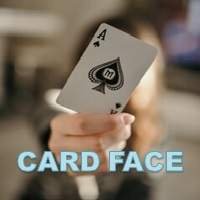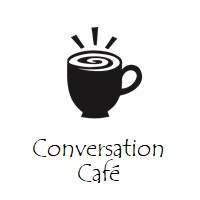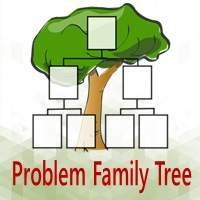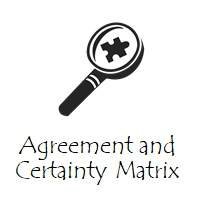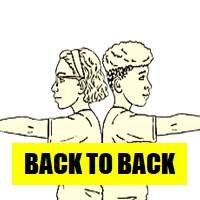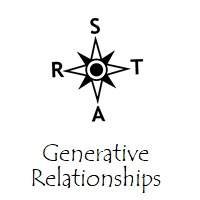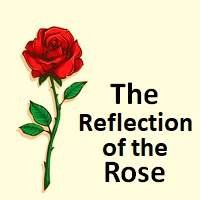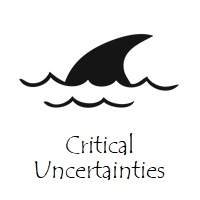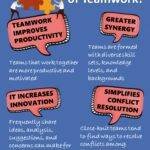Tag: critical thinking
Explore the Experience
Explore the Experience is a simple, open-ended processing strategy to inspire deeper group and personal reflection
Twenty Questions
Twenty Questions is a guessing simple game in which people try to identify a person or object in 20 questions or less
Panarchy
Panarchy is an activity to understand how embedded systems interact, evolve, spread innovation and transform
Complete the Sentence
Complete the Sentence is a simple and structured exchange strategy for groups to reflect and improve their work dynamics
Card Face
Card Face is a powerful exercise and dynamic experience that explores topics of diversity, cultural norms, valuing others, and inclusion
Conversation Café
The Conversation Café format helps people have deep conversations where there is less debating and arguing, and more listening
Problem Family Tree
Problem Family Tree is an interesting exercise to help team members see the real problems they face and their causes
White Cards
White Cards is an open activity that allows people to create the rules that will regulate the team’s work dynamics.
Agreement and Certainty Matrix
Agreement and Certainty Matrix help groups discover which approaches are most effective for the types of challenges they face
15% Solutions
15% Solutions is an engaging and practical liberating structure designed to spark big change by starting small
Back to Back
Back to Back is a simple but very effective method for couples to process and reflect on the experience of a recent activity
Generative Relationships STAR
With Generative Relationships STAR can help the group identify changes it can make to improve its performance
The Reflection of the Rose
The reflection of the rose is a very simple but powerful tool to help the group share a specific experience
Making Space with TRIZ
There is always more to be gained by stopping unproductive activities and behaviors and making space with TRIZ
Critical Uncertainties
Critical Uncertainties helps to develop strategies for dealing with a range of plausible yet unpredictable futures




